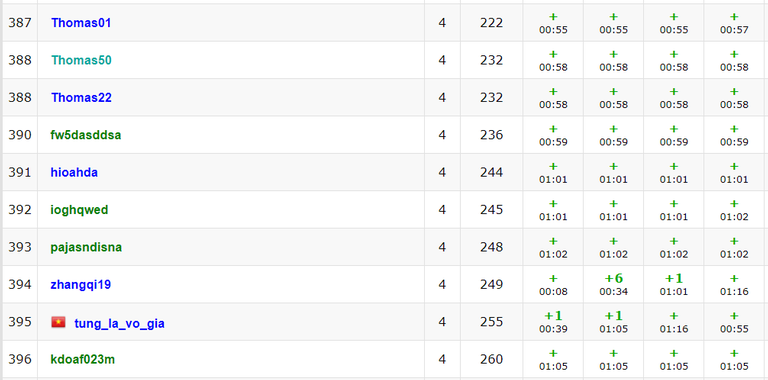In Educational Codeforces Round 171 (Rated for Div. 2)

Thomas01 Thomas50 Thomas22 kdoaf023m
as you can see same timing and same solution, it is very weird since they are not even trying to hide it, I wonder if they are just stress testing plag checker of codeforces at this point.










